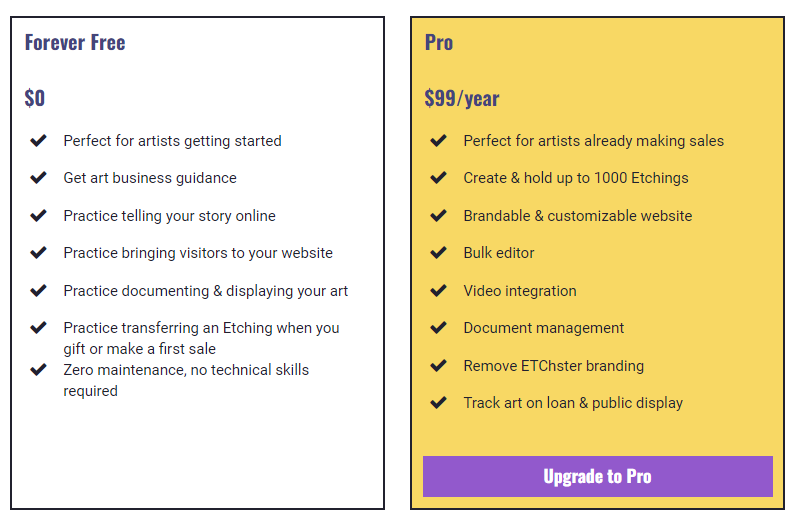The 4th in our art business series with artist and art business expert, Crista Cloutier, who has been coaching other artists around the world on all aspects of their business via her program: The Working Artist.

There are all kinds of ways to make money from your creativity. Let’s take a look at some of them.
Get Your Work Out There
Yes, you can exhibit in a commercial gallery and follow a traditional career path. This is the time-tested method.
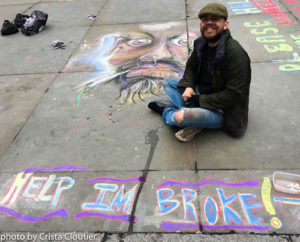
Whether it works for you or not depends upon a myriad of factors including the galleries you choose to partner with and the audiences they attract.
But the art world doesn’t just revolve around traditional galleries anymore.
Don’t discount vanity galleries. The model of paying a gallery for wall space and a chance to promote your art portfolio has caught on and much like self-publishing a book, the stigma has disappeared. Many artists work this way successfully.
Do be careful though, because there are a lot of people who are willing to take your money while giving little in return. It’s up to you to do the research, to invest the time and energy to learn whether each opportunity is good or too good to be true.
Non-profit and co-operative galleries are also excellent venues to sell your work, and the commission is often lower than a traditional gallery.
Pop-up galleries are popping up everywhere! Or you can even open your own gallery. Both of these endeavors can be expensive and time-consuming but they also offer huge benefits in terms of audience and visibility.
Merchandising or Art Licensing is where you sell the right to reproduce your art. Note that you don’t sell your copyright, just the right to reproduce for a specific image during a specific time frame. Your work can be placed on prints, postcards, clothes, bags, whatever.
Online art sales are exploding. Some artists use platforms such as Amazon or Etsy or Saatchi or the hundreds of other platforms out there. Others sell directly from their artist website, often driving people there from their social network platforms or beautifully designed email signatures. Not all artwork is suitable for online sales so don’t be discouraged if you’ve done your best but not found the audience you were hoping for.
Get Yourself Out There
Open Studio events are a terrific way to share a ‘behind the scenes’ view of your practice.
Here’s a powerful tip: art collectors LOVE to see behind the scenes. They often have romantic visions of what an artist’s life is like. So don’t be afraid to share yours.
Private Commissions through collectors, galleries, or even interior designers or architects offer artists the chance to collaborate with someone to bring their vision to life.
Be aware that commissions can be tricky to navigate. Consider putting everything in writing. Take a percentage upfront, another percentage on approval of the design, and the final payment upon delivery. That way there are no surprises.
Public Art Commissions offer another way to get your work seen by a bigger audience.
Be aware that you’ve really got to be a good money manager with these kinds of projects because they usually offer a flat fee that has to cover all of your time and expenses. I’ve known several artists who mismanaged their time and expenses and found themselves losing money instead of making it.
Museums and art centers don’t always pay artists to show their work but that line on your resume adds prestige. These kinds of shows can also give you access to art world influencers such as curators, gallerists, collectors, and the media.
A lot of artists teach as a way to support their work. I can think of no higher calling than to teach, but only if you have actually heard the call. Don’t take on teaching as a side gig unless you absolutely love it. The work is tough, the competition for these jobs is fierce and the education you need to even be considered is often costly.
Grants offer money to artists for specific projects or challenges. This is not ‘easy money’ but if you do decide to follow the grant route, it can be incredibly rewarding. Even if you don’t win, you get your name and your work in front of decision-makers. Sometimes you can even get feedback on your proposal.
Residencies can offer housing and other basic costs while you focus on a specific project. They work much like grants.
Some art organizations and schools have Guest or Visiting Artist Programs. This is teaching and mentoring without the baggage – or benefits – of the full-time job.
If you like public speaking and your work has something to say, you might try getting booked for speaking engagements and take your show on the road.
Publishing offers the opportunity for royalties from book sales. Self-publishing gives a bigger pay-off but you take on the investment yourself. Know that for both venues, you will be doing the marketing as well.
Freelance! Don’t be afraid to take outside work to supplement your income. If you can provide graphic design, layouts, portraits, or illustration you can be using your creativity to support your art.
There’s really no end to creative ways to monetize your work. Don’t be afraid of “watering down your brand” or “hurting your reputation.” If the work is good and your intention is clear, go for it. But do your research to learn what kinds of venues and opportunities best suit you and your aesthetic.
Artist Kiki Smith once advised me, “If no one will let you in the door, make your own door.”
The point is that there are many more opportunities open to artists now than ever before. And if you can’t find one to fit, use your creativity to create one that does.
The only limit is your imagination.
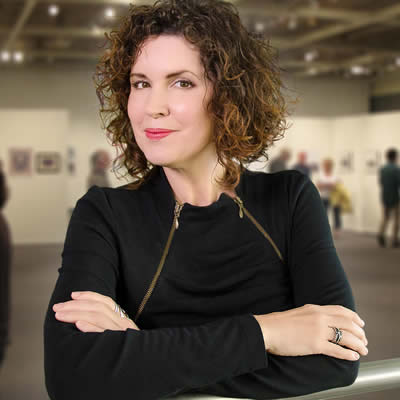
Guest Author: Crista Cloutier
Crista Cloutier has been actively involved in the contemporary art world throughout her career. Having worked as an international art dealer, curator, and gallerist, Crista is now the founder of The Working Artist, an online business school for visual artists.
Honored as an “Influencer in the Contemporary Art World” by LinkedIn, Crista’s work has helped artists in over 80 different countries to exhibit and sell more art.
What’s Next?
Did you:
- Have follow-up questions?
- Have other related thoughts that might be beneficial to the community?
Post them in the comments!
Are You a Visual Artist?
Get the art catalog app and connected, maintenance-free website your art business deserves. Forever Free & Pro versions.
Are You an Art Collector?
You’ll have access to a marketplace of global artists and phenomenal tools to organize your art collection. Forever Free & Pro versions.
You Might Also Enjoy…
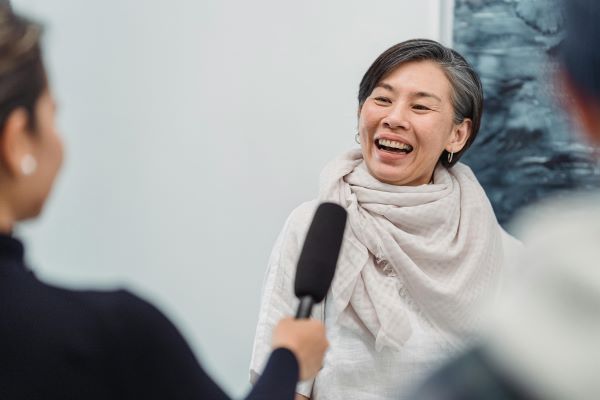
The Art of Asking: Navigating Cold Outreach for Artists

Crafting Your Story: The Artist’s Guide to Unlocking Creativity and Connection
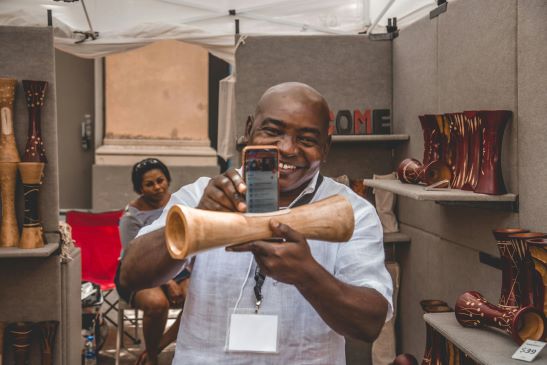
Unlocking Sales: The Magic Formula for Content and Traffic for Artists’ Online Portfolios
